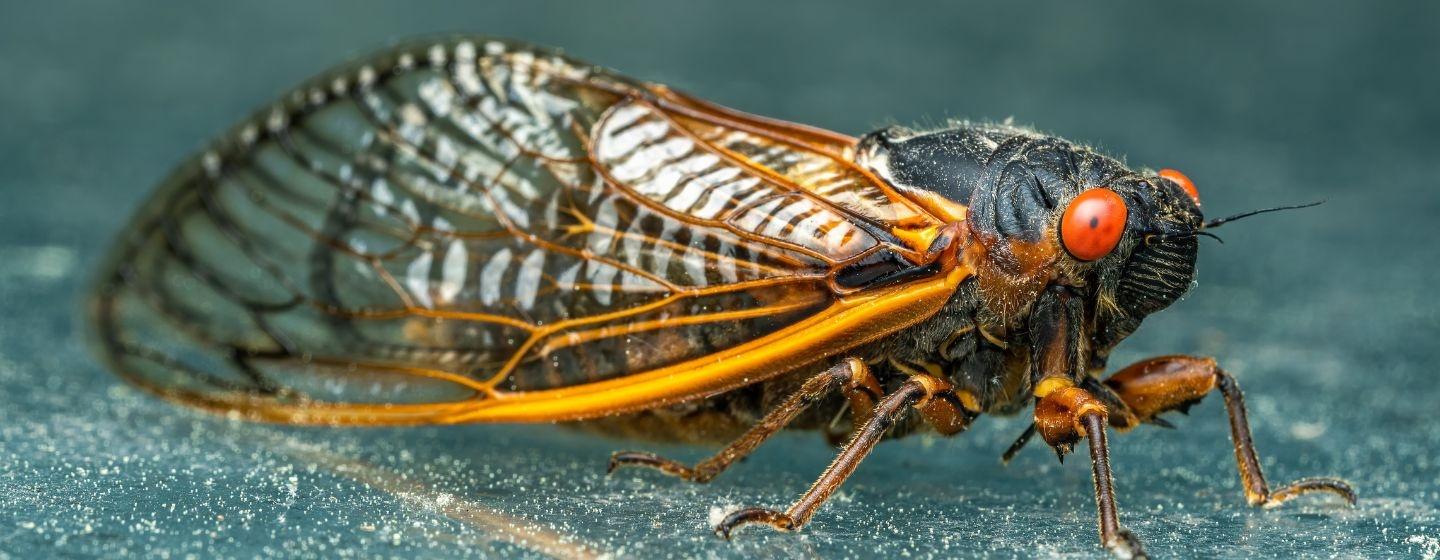Rare Cicada Emergence Means Spring 2024 Will Be Buzzing


Get ready to witness cicada-filled history!
For the first time since 1803 (when Thomas Jefferson was president, and the Louisiana Purchase was being drawn up), two broods of periodic cicadas are due to emerge from the ground this year.
The cicadas will hear the call of spring, which means you’ll hear the calls of the cicadas. The 17-year Brood XIII will emerge in the Midwest, and the 13-year Brood XIX will emerge in parts of the Southeast, including North Carolina.
The last time Brood XIX emerged in North Carolina was in 2011, when they were spotted around Charlotte, in the Triangle and in western parts of the state. It’s expected the same locations will see the cicadas this spring.
But don’t worry.
“They are going to be very loud, but they are harmless,” said Kelly Oten, NC State Extension entomologist and a specialist in the Department of Forestry and Environmental Resources at NC State. “If they emerge around late April or early May, which is what we expect, by the end of June they will be gone.”
For most of their lives, cicadas don’t do a whole lot. They hang out underground, sucking sugar out of tree roots. Then, after a ridiculously long hibernation, they emerge from the ground, sprout wings, make a lot of noise, have sex and die within a few weeks.
Then the next generation of cicadas burrows into the round to start the process all over again.
“People are used to seeing annual cicadas, which have the same body shape but are usually darker and lack the bright orange eyes that periodic cicadas have,” said Christine Goforth, Head of Citizen Science with the North Carolina Museum of Natural Sciences in Raleigh. “But there are a lot of benefits to the emergence of huge broods. Birds and other animals that eat cicadas get a bonus food supply, the soil gets aerated and all those dead cicadas provide nutrients for the soil. Plus, it’s an amazing sight to see!”
There are more than 3,390 species of cicadas around the world, but only seven in the U.S. are known to be periodical. The rest emerge annually, which is what most of us are familiar with.
Groups that share the same emergence year are called broods and are labeled with Roman numerals. Across the U.S., there are 12 broods of 17-year cicadas and three broods of 13-year cicadas.
The University of Connecticut has a map of all the different broods of cicadas.
Goforth adds while scientists don’t know why the insects become synchronized in this way, it’s likely an evolutionary strategy.
“If the forest is flooded with so many cicadas, predators such as birds and small mammals can’t really make a significant dent in their numbers, which leaves plenty of insects to mate and lay eggs to continue the species,” Goforth said. “The odds are greatly improved that some cicadas will survive if the environment is overwhelmed.”
What is known is at the appointed year, when the ground temperature hits around 64 degrees Fahrenheit, the cicadas will emerge from their slumber.
Then the noise begins.
By the way, the next time Broods XIX and XIII emerge together will be in 2245. Plan ahead!